
Agriculture
June 11, 2024
6th Grain
Read SolutionImplemented by
6th Grain
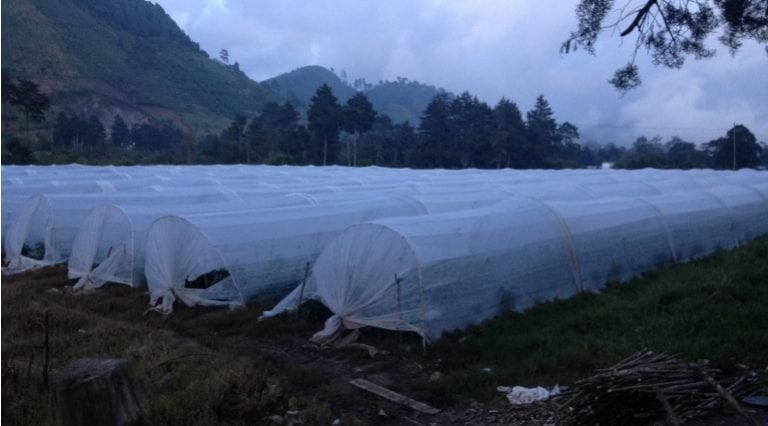
Updated on August 29, 2024
·Created on August 30, 2017
A Macrotunnel is a simple structure that allows coverage of a large area to grow crops in a controlled and protected environment.
A Macrotunnel is a simple structure that allows coverage of a large area to grow crops in a controlled and protected environment. A macrotunnel has a medium height and can cover several rows of plants. It is smaller than a greenhouse and is used when excessive control of the conditions inside is not required. The use of macrotunnels is becoming important for the production of fresh-market produce since it minimizes the risk of frost and results in increased early production, total productivity and fruit quality.
This product is an open-source technology, with full details for replication available online. Price may vary depending on materials used, ranging from $41.50 (converted from Quetzales) to $1,292.92 USD
Target SDGs
SDG 2: Zero Hunger
SDG 1: No Poverty
Market Suggested Retail Price
$1,292.92
Target Users (Target Impact Group)
Household, Community, Small and Medium-sized Enterprises
Distributors / Implementing Organizations
Universidad del Valle de Guatemala (UVG)
Manufacturing/Building Method
Built on site. Macrotunnels can be built by a company that specializes in them, by hiring construction workers directly or as a DIY project.
Intellectural Property Type
Open-source
User Provision Model
Macrotunnels can be built by a company that specializes in them, by hiring construction workers directly or as a DIY project.
Distributions to Date Status
UVG has built 13 macrotunnels for research purposes in Guatemalan rural areas as part of the technology transfer program. The installed units are used as a capacity center for local agricultural producers.
Size
3.2 x 2 x 30 m
Material of construction
PVC, galvanized steel with Agryl, anti-insect mesh, low-density polyethylene
Irrigation system included?
Yes
Monitoring system?
No
Cost per square meter
1.53-2.22 USD per square meter
Plant capacity
4.3 plants per m2
Design Specifications
Technical Support
By user, the cover needs replacing every 1-8 cycles depending on the material.
Replacement Components
Locally available components at hardware stores or agricultural centers.
Lifecycle
The covering can be changed cyclically, if it is plastic it can be recycled.
Manufacturer Specified Performance Parameters
Create a physical barrier for climatic events, viruses and pests. Increase productivity.
Vetted Performance Status
Safety
No safety recommendations found.
Complementary Technical Systems
Agricultural training
Academic Research and References
Porres V., Cifuentes R. and de León E. 2014 Evaluación de tres tipos de cubierta para macrotúneles sobre el microclima y la productividad del chile pimiento (Capsicum annuum) en Escuintla y Sololá. Revista de la Universidad del Valle de Guatemala. 27(9): 82-92
De León C. 2013. Análisis Económico de Infraestructuras: Sistema de Riego, Macrotuneles, Invernaderos. Guatemala: Universidad del Valle de Guatemala.
Porres V., de León E. and Cifuentes R. 2013. Producción de Chile Pimiento en Macrotúneles con Pequeños Productores.. Guatemala: Universidad del Valle de Guatemala.
Stein M. 2013. Proyecto Para El Desarrollo Agrícola. Guatemala: Universidad del Valle de Guatemala.
Compliance with regulations
Unknown

Agriculture
June 11, 2024
Implemented by
6th Grain
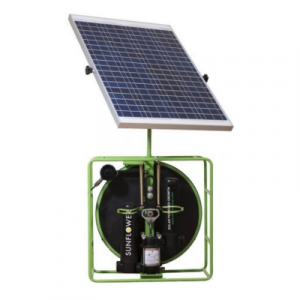
Agriculture
August 29, 2024
Implemented by
Futurepump Ltd.
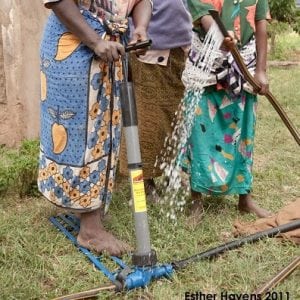
Agriculture
January 31, 2024
Implemented by
KickStart International
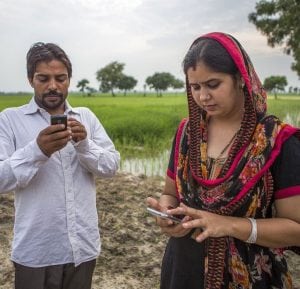
Agriculture
January 20, 2025
Implemented by
David Hughes
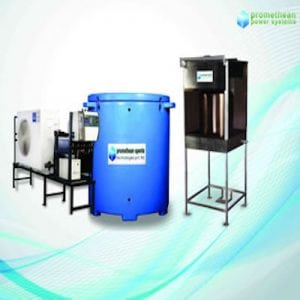
Agriculture
January 4, 2024
Implemented by
Promethean
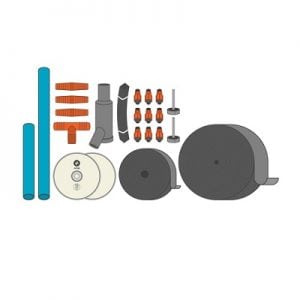
Agriculture
January 22, 2024
Implemented by
Proximity Designs
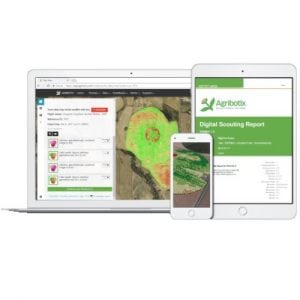
Agriculture
January 6, 2025
Implemented by
Agribotix
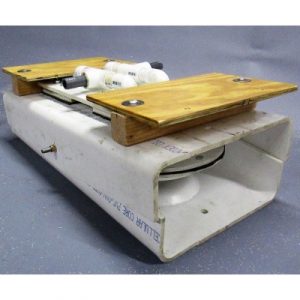
Agriculture
September 10, 2024
Implemented by
Full Belly Project
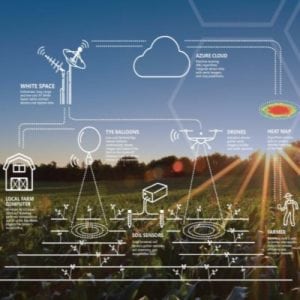
Agriculture
January 6, 2025
Implemented by
Microsoft
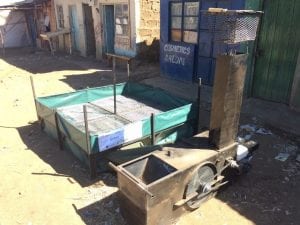
Agriculture
August 21, 2024
Implemented by
Marius Rossouw design engineer Aflastop
Have thoughts on how we can improve?
Give Us Feedback